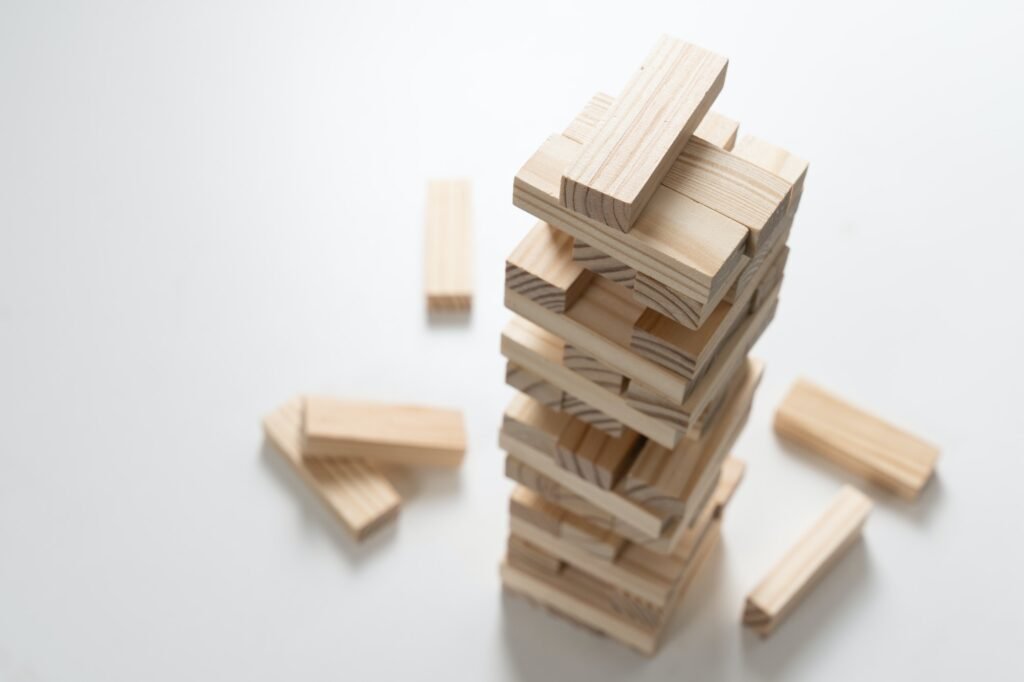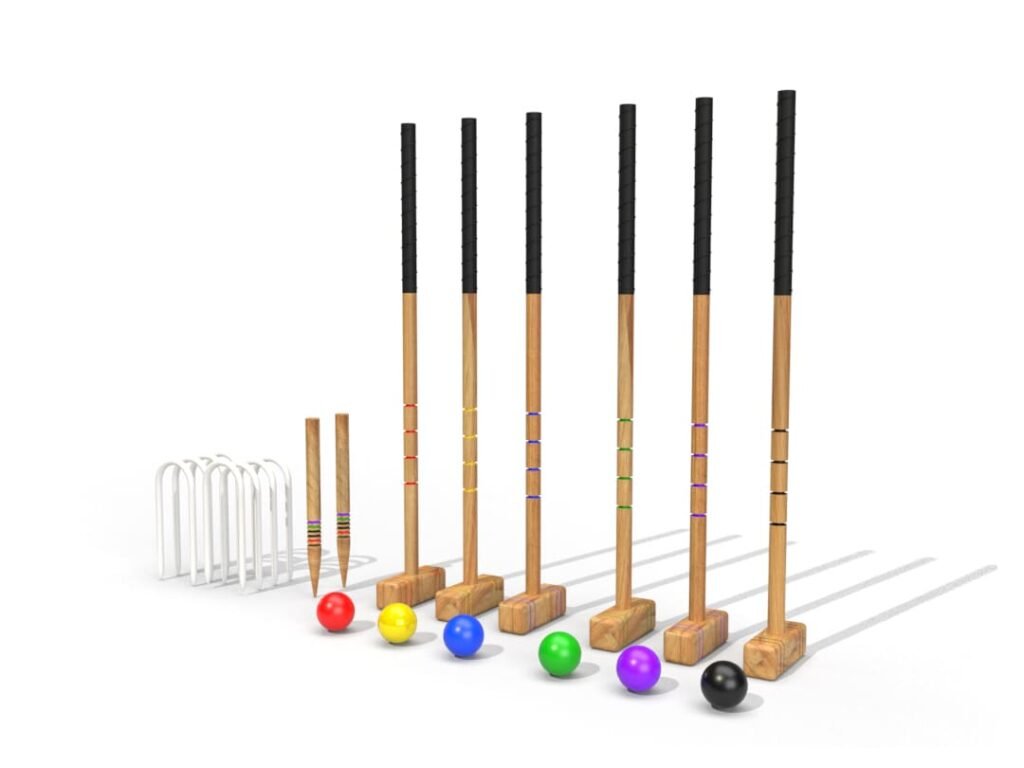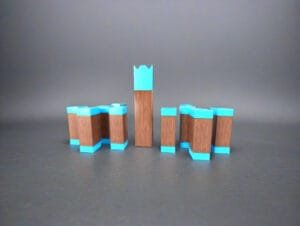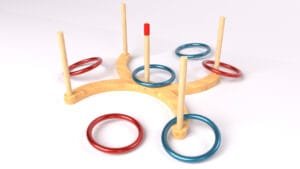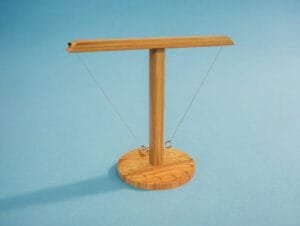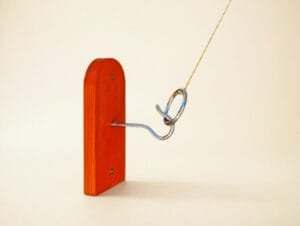Hey there, pickleball enthusiasts! Ever found yourself in a pickle (pun intended) wondering if you can swap your fancy composite paddle for a good ol’ wooden one? As someone who’s been in the wooden game biz for years, I’ve heard this question more times than I’ve had hot dinners. It’s like asking if you can use a wooden spoon to eat soup – technically, yes, but is it the best tool for the job?
Here’s the scoop: you can absolutely use a wooden paddle for pickleball. It’s not against the rules, and hey, it might even give you that vintage vibe you’re going for. But – and it’s a big but – wooden paddles aren’t exactly the go-to choice for most players these days. They’re heavier, less durable, and don’t give you the same pop as modern materials. It’s like bringing a knife to a gunfight – you might look cool, but you’re probably not winning any tournaments.
Now, I know what you’re thinking. “But wooden paddles are cheaper, right?” Well, hold onto your pickles, ’cause we’re about to dive into the pros and cons of wooden paddles faster than you can say “dink shot.”
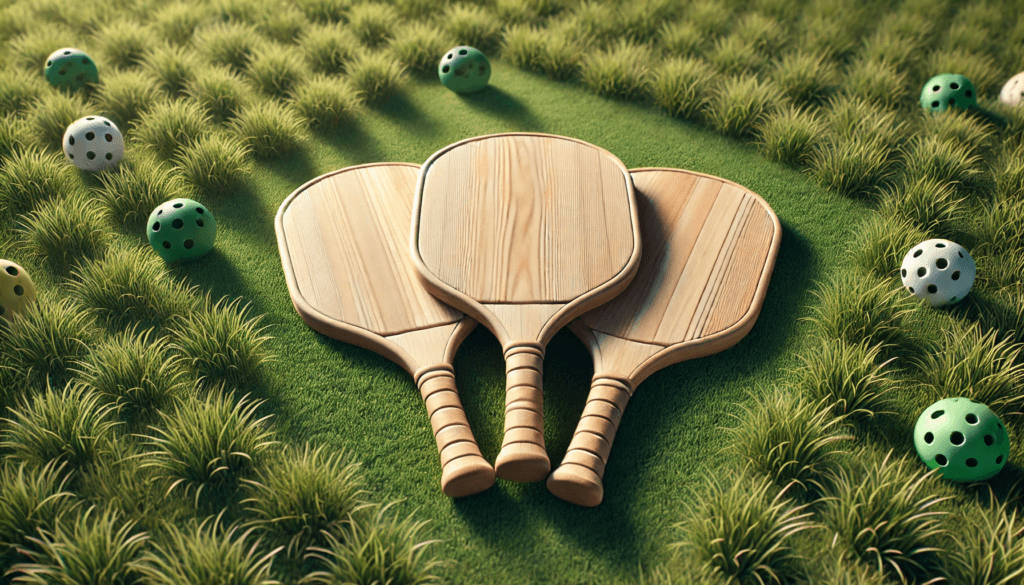
What are the pros of using a wooden pickleball paddle?
Alright, let’s give wood its due credit. Here are some perks of going old school:
- Nostalgia factor: Nothing says “I’m a pickleball hipster” like whipping out a wooden paddle.
- Price: Generally cheaper than high-end composite paddles.
- Eco-friendly: Mother Nature might high-five you for choosing wood.
But let’s be real, these pros are about as convincing as a chocolate teapot. Recent studies show that only 2% of pickleball players use wooden paddles regularly. That’s fewer people than those who think the Earth is flat!
What about the cons of wooden pickleball paddles?
Now, brace yourself for the not-so-good news:
- Weight: Wooden paddles are heavier than their modern counterparts. It’s like playing with a small door.
- Durability: They’re more prone to warping and cracking. One rainy day and your paddle might look like a potato chip.
- Performance: Less power and control compared to composite paddles. You might as well be playing with a fly swatter.
- Comfort: The vibration from wooden paddles can make your arm feel like you’ve been arm wrestling a gorilla.
So, what’s the verdict on wooden pickleball paddles?
Look, I’m all for nostalgia. Heck, I run a wooden garden games company! But when it comes to pickleball, going wooden is like choosing a horse and buggy over a Tesla. Sure, it’ll get you there, but you’re not winning any races.
If you’re dead set on trying a wooden paddle, go for it! It could be a fun experiment or a great conversation starter. But if you’re looking to improve your game or compete seriously, stick with modern materials.
What are some alternatives to wooden pickleball paddles?
Glad you asked! Here are some popular options:
- Composite paddles: The most common choice, offering a good balance of power and control.
- Graphite paddles: Lightweight and powerful, perfect for those quick reactions.
- Polymer paddles: Durable and great for all-around play.
Industry reports suggest that composite paddles make up 70% of the market, with graphite and polymer splitting the rest.
Conclusion
At the end of the day, whether you choose wood, composite, or some futuristic material we haven’t even invented yet, the most important thing is that you’re out there having fun. Pickleball is about community, exercise, and maybe a little friendly competition. So grab whatever paddle feels right, hit the court, and may the best dink win!


